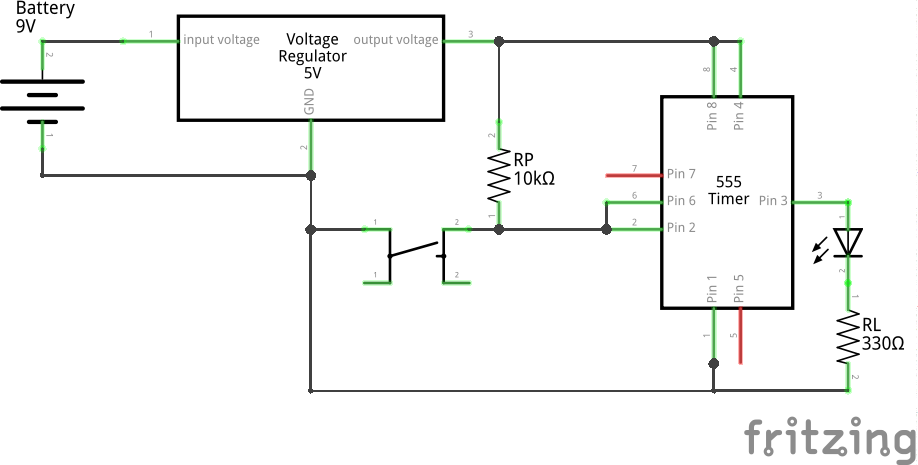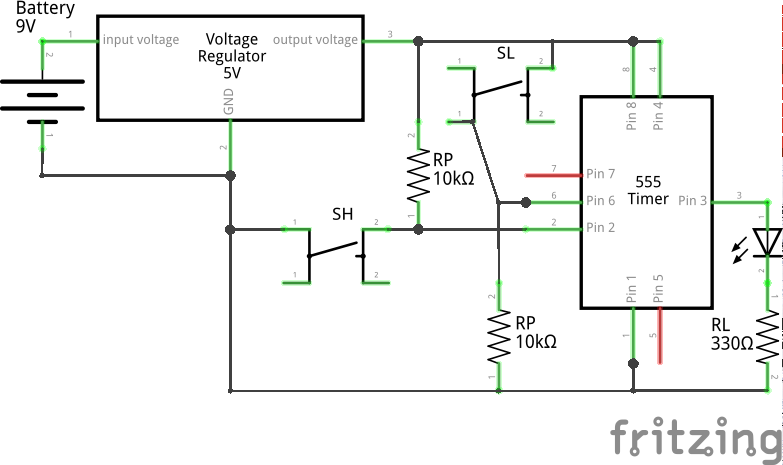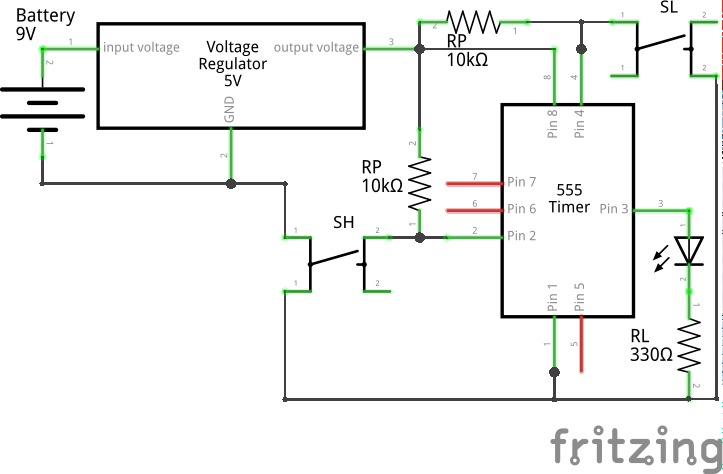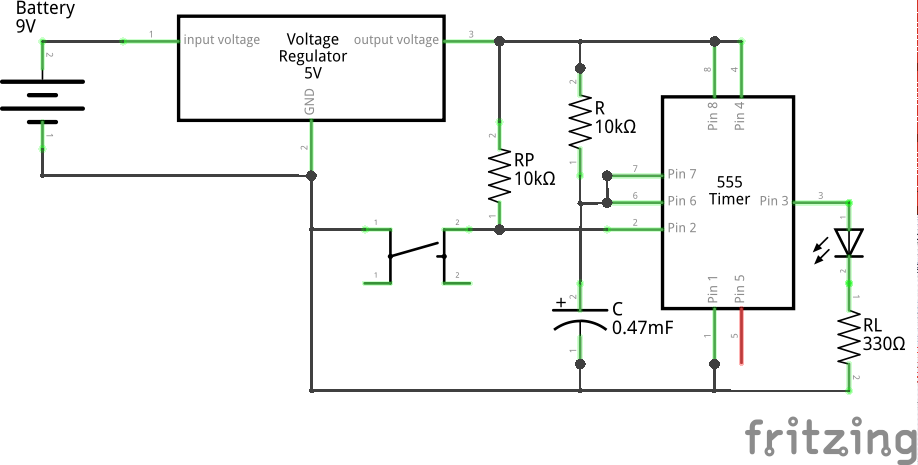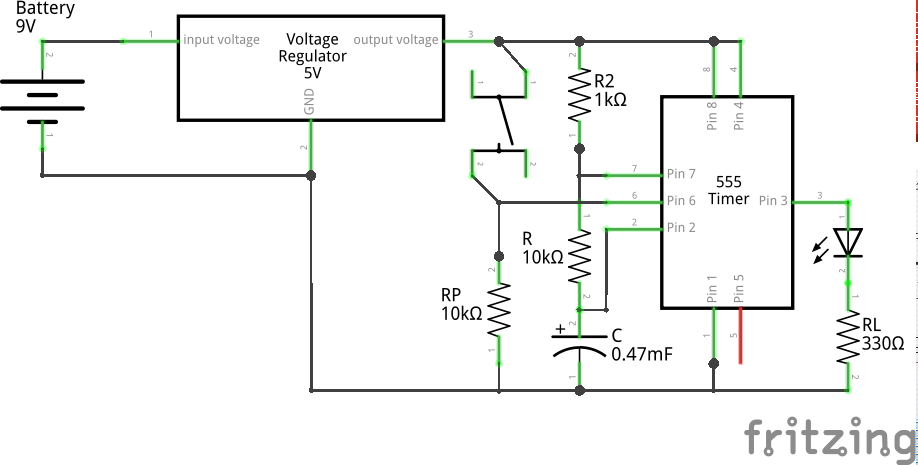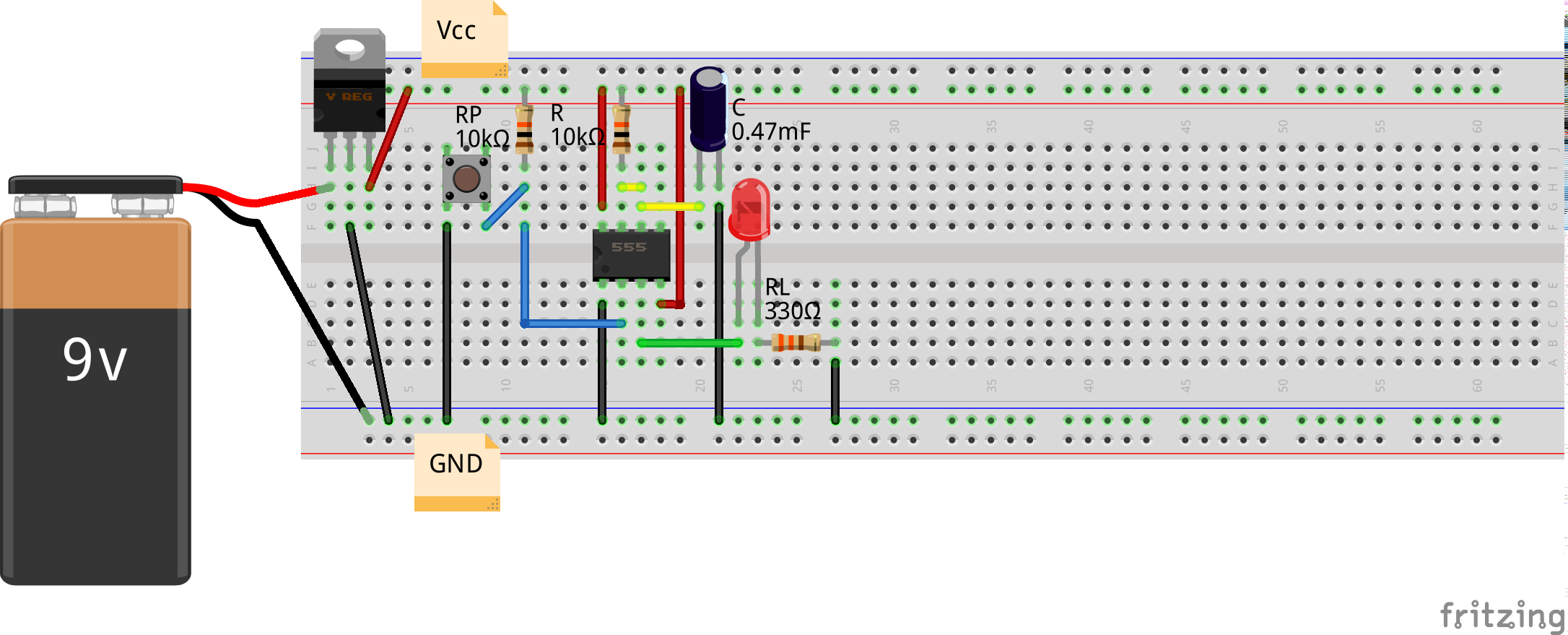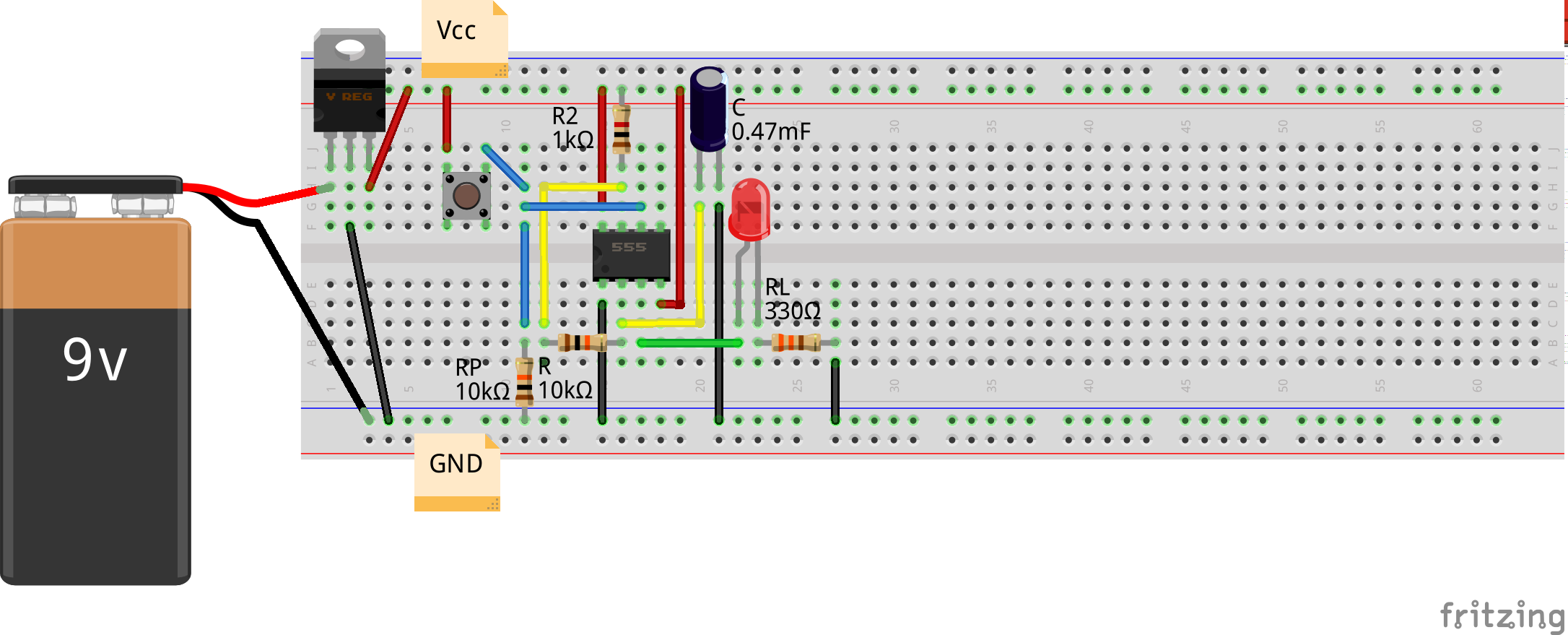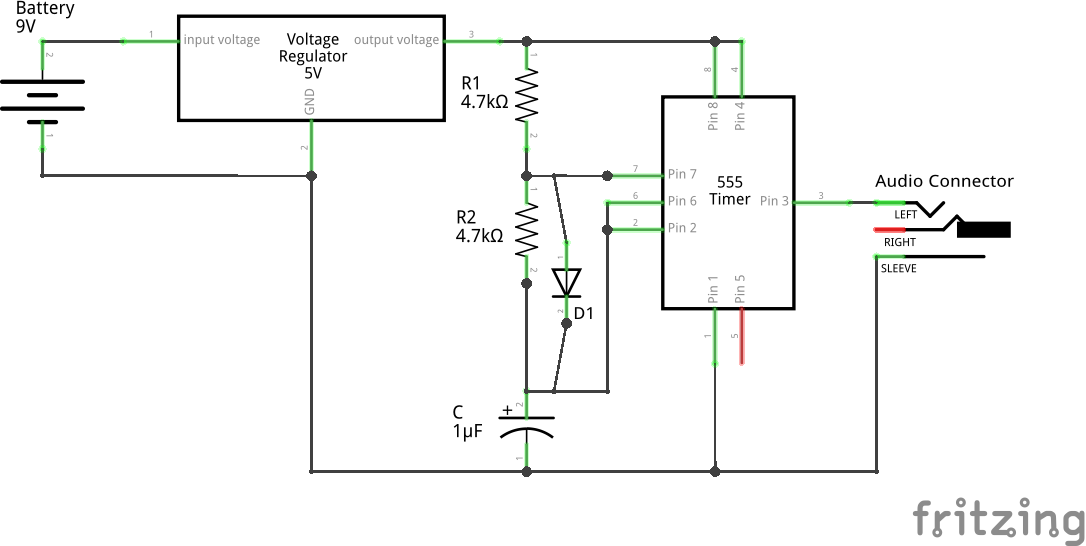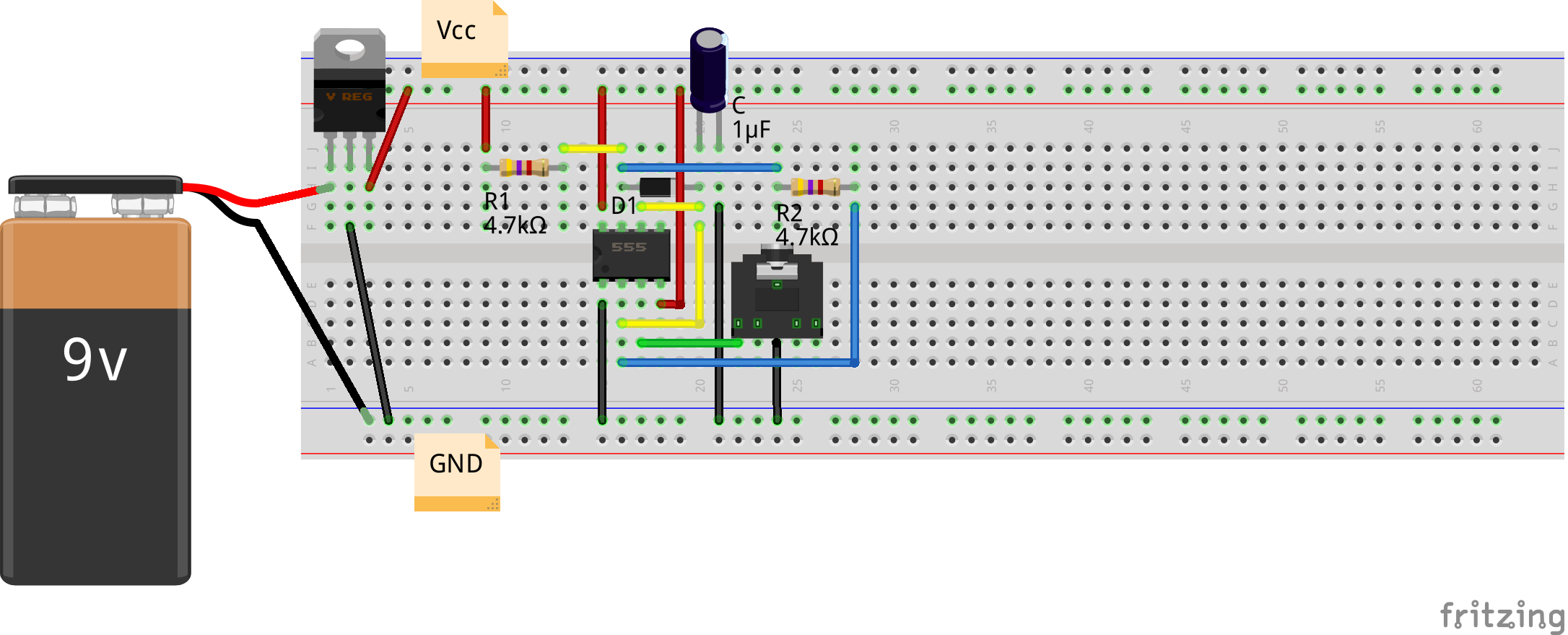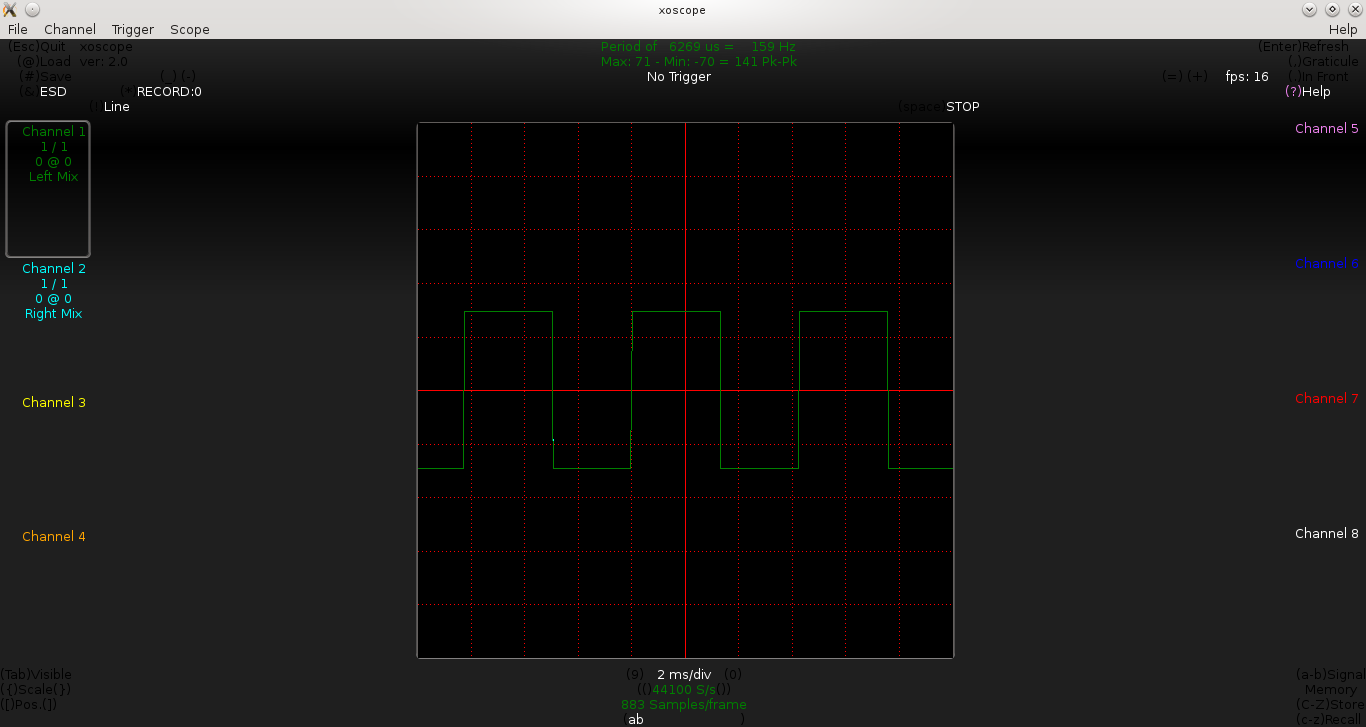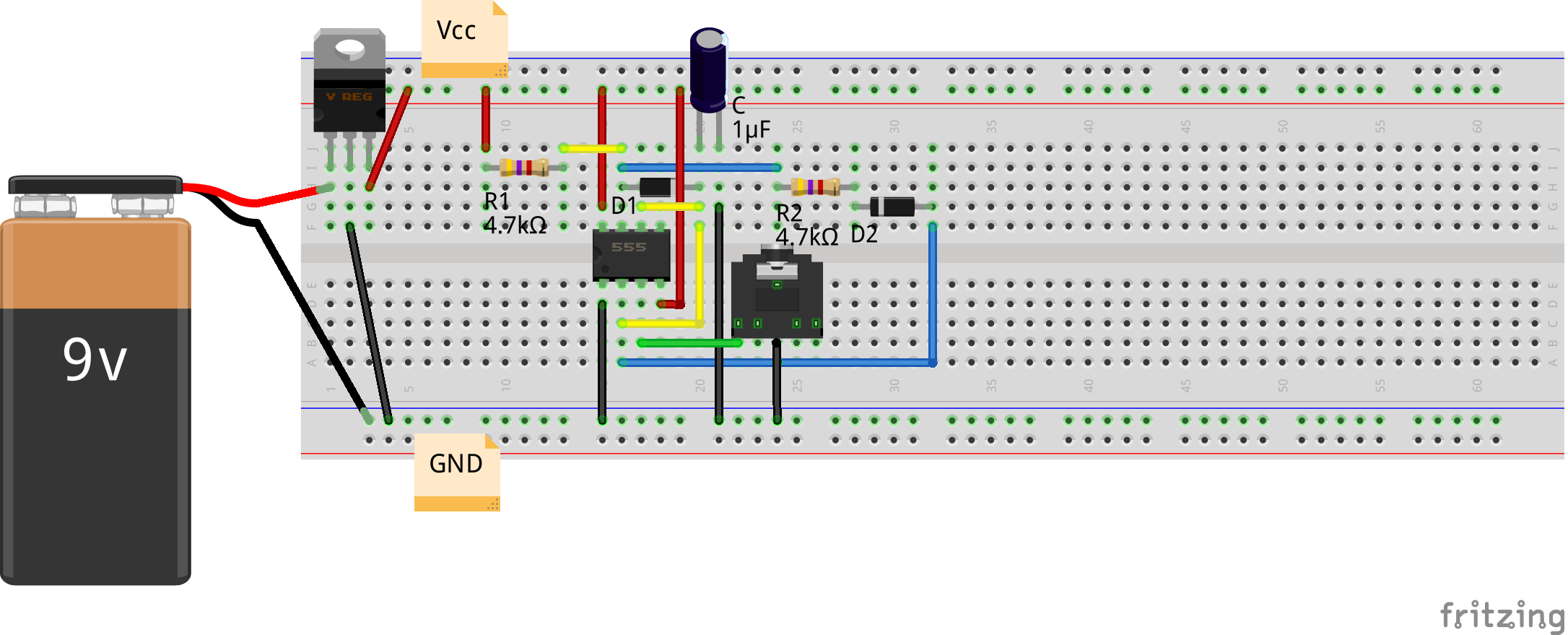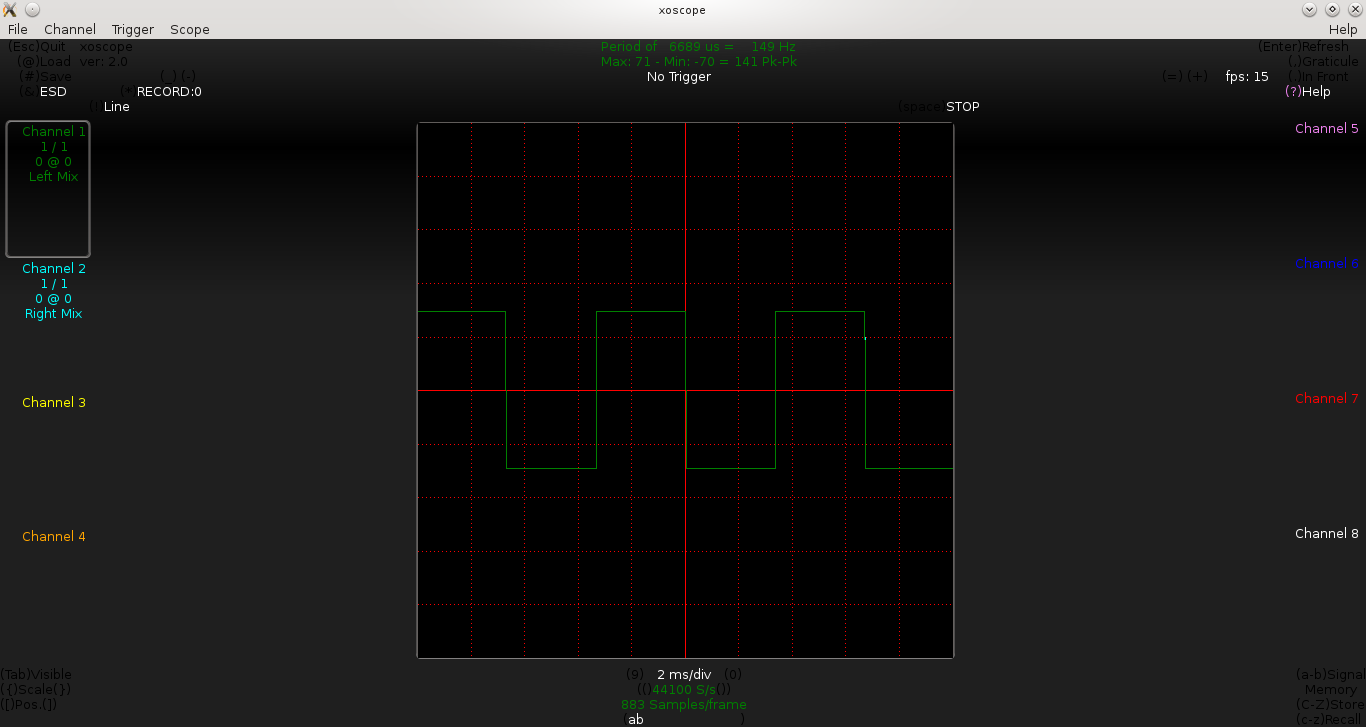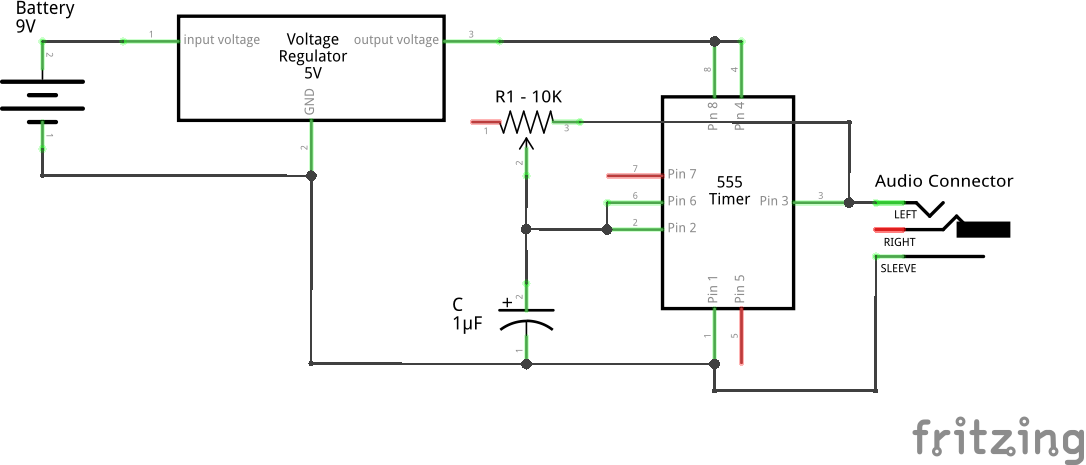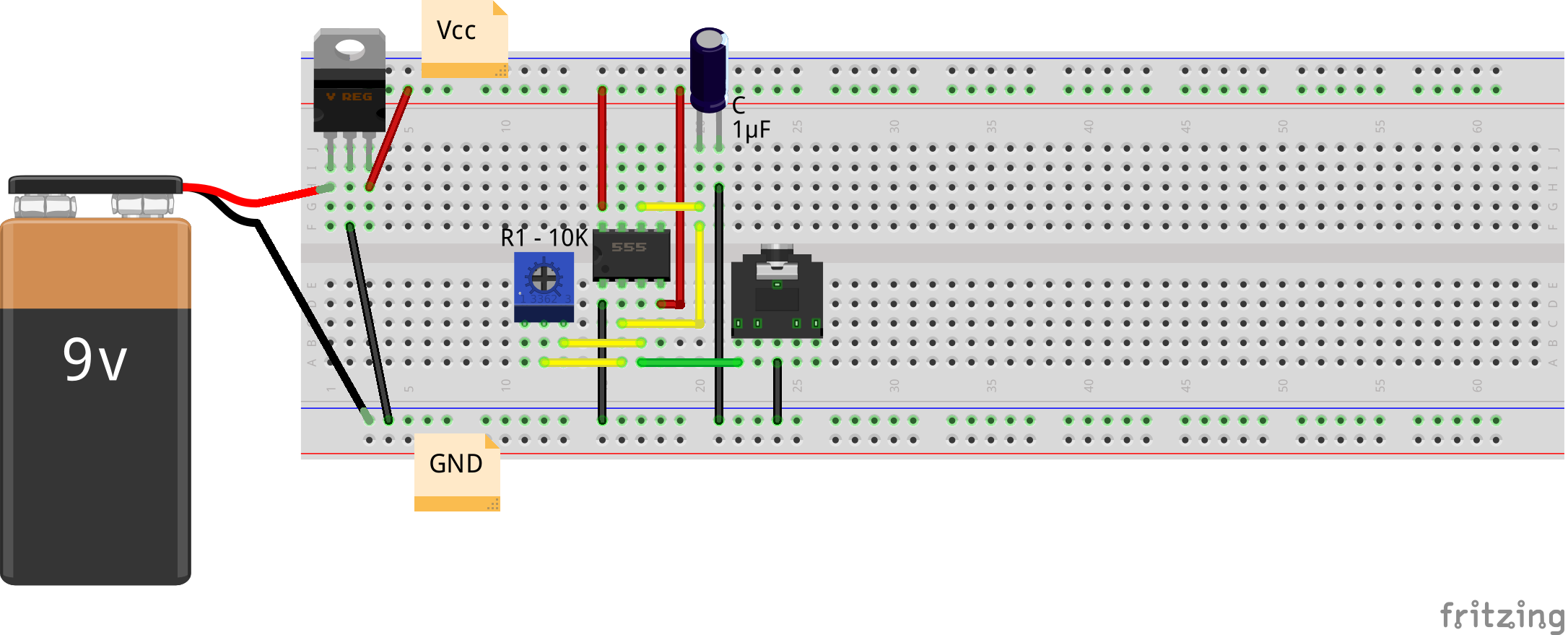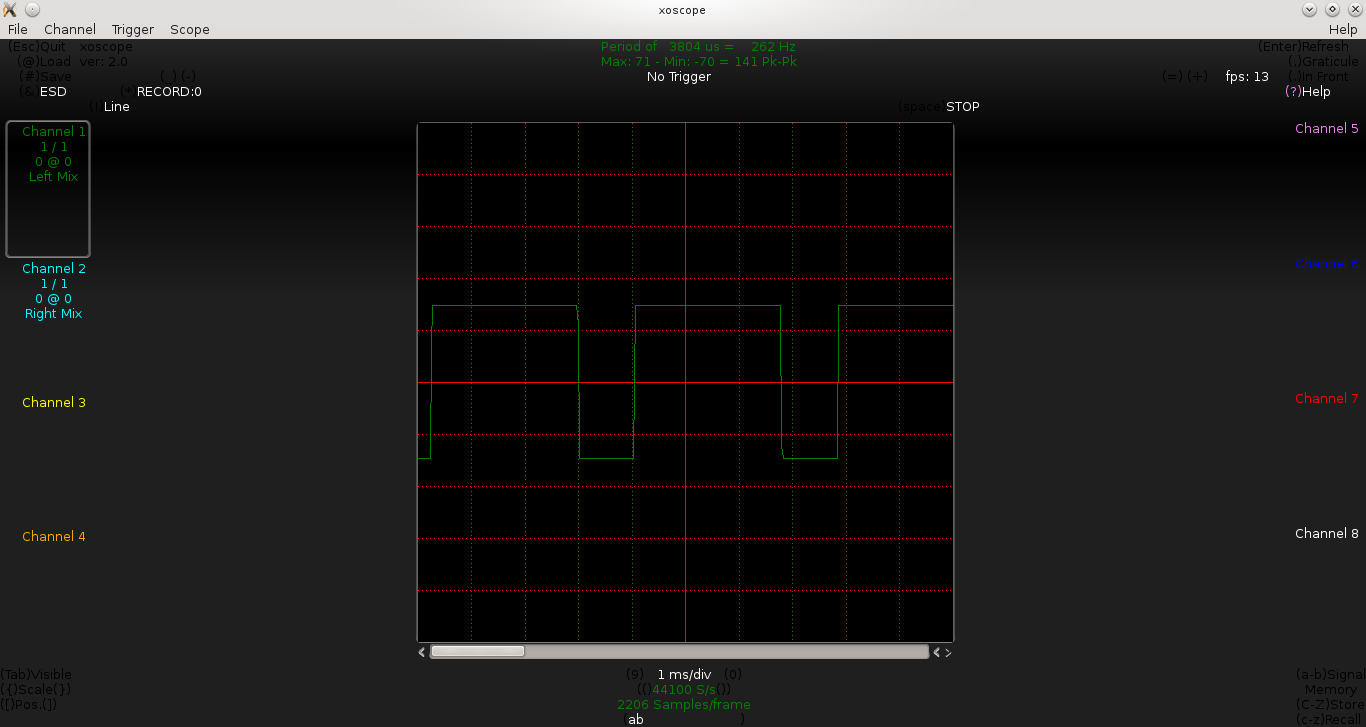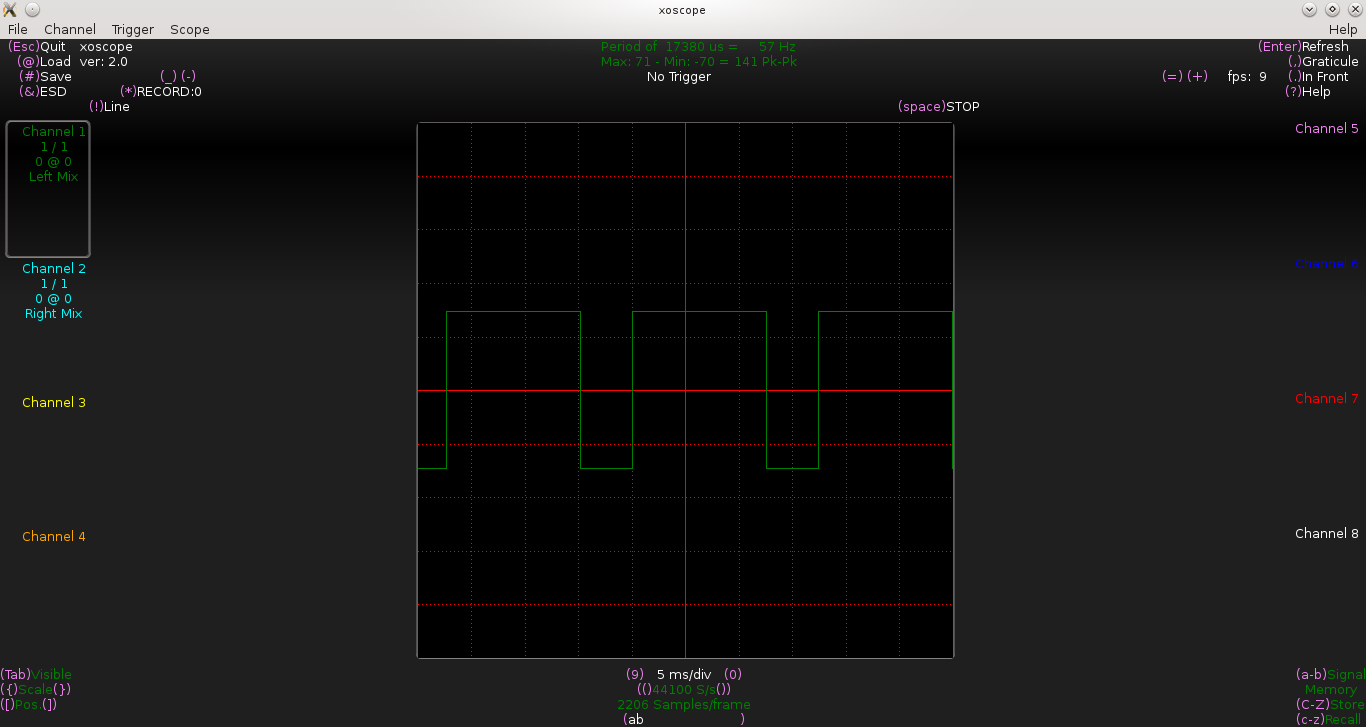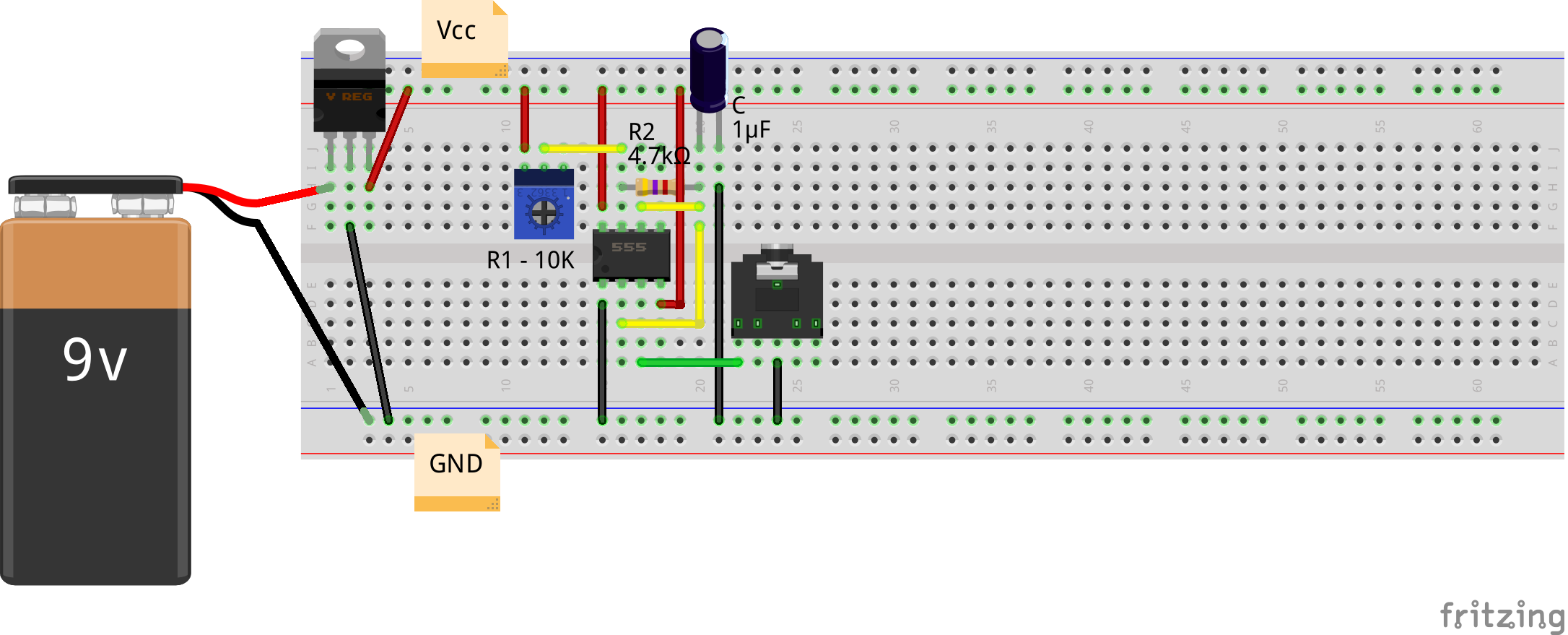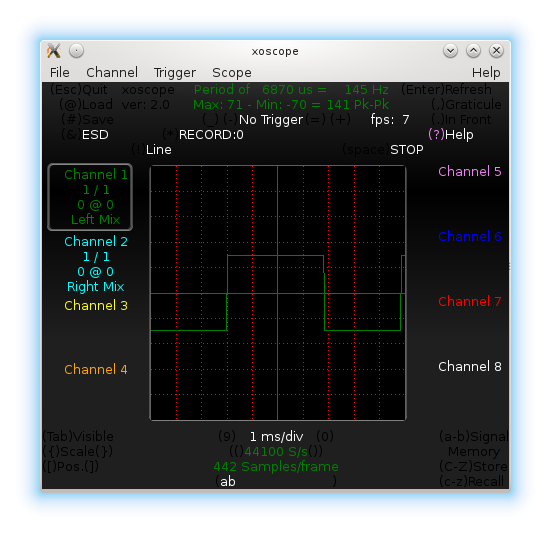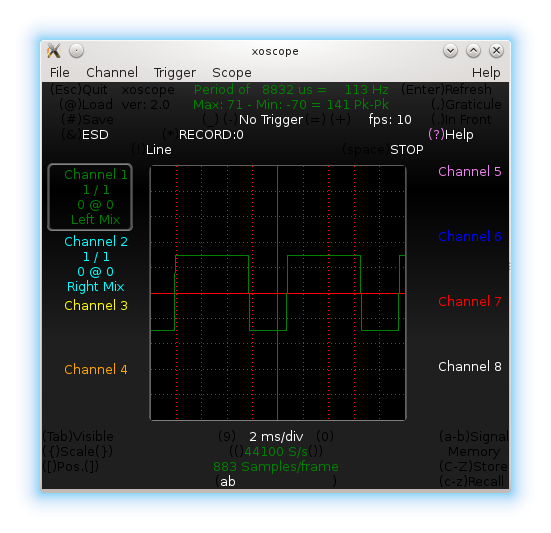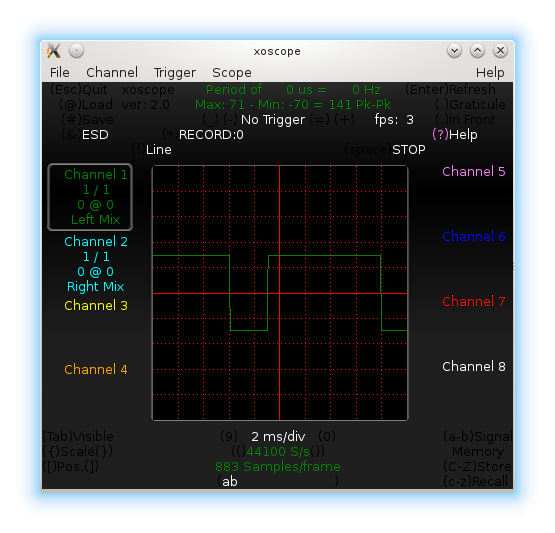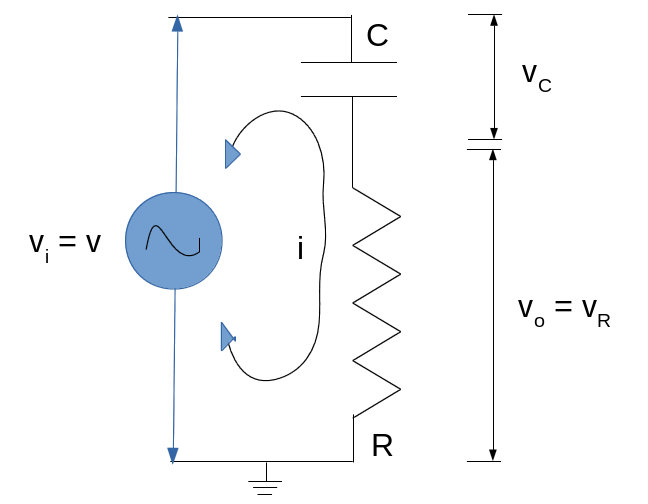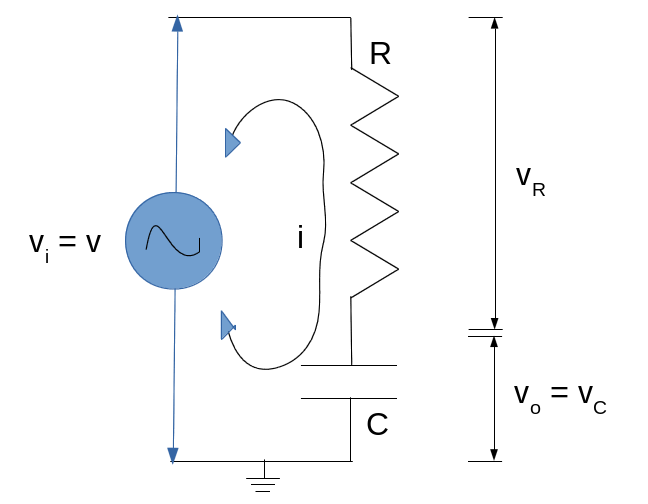“Om Arham”, chanted the philosopher before starting his session.
“Why do you say this every time before starting your lecture?”, asked the curious Gati.
Both the words represent encompassing all sounds, thus representing everything. And so I start remembering everyone, as that is what philosophy is all about everyone and everything.
That’s quite of philosophy, but how does the two words encompass all sounds?
Both ॐ (Om) and अर्हम (Arham) sounds start with the first letter अ (a) and ends with the last letter म (m).
You mean letters of Indian languages, or Sanskrit?
Not only Sanskrit, but even its predecessor Prākrit – one of the oldest known languages. Both of them have the first letter as अ (a) and the last letter म (m) of their major alphabet set.
“Okay. But how can philosophy talk about everything, when even science is not yet able to do it?”, interrupted Jāti.
Let me ask you few questions. What is science?
Science is a study to know about the universe i.e. everything – using observations as the basis of that knowledge.
And how old has been this science around there?
It might have existed in some form or other, since long. But, based on what we have studied, there has been dedicated efforts to understand the universe only since these last few centuries.
Exactly. Science, as we know of today, is a study based on observations. And if you define or assume, only what can be observed in the universe, as everything, then primarily science has been only few centuries old. But, if you accept even for a moment that there could be things, which can never be observed – you open up a whole new range of possibilities, which even science cannot talk about, as they cannot be observed.
You mean things beyond everything observable.
Yes.
That’s absurd.
Why? There are so many things which you do not know and hence you have not observed. Does that mean, it doesn’t exist? I am just asking for a possibility of things non-observable by the five senses (touch, taste, smell, light, sound), directly or indirectly using any kind of instruments.
Okay. So, then what?
Nothing special. Just wanted to let you know that since time memorial, humans have believed in this possibility and have been studying and exploring on “everything”, which includes both observable and non-observable things. And, that study is what exactly called philosophy. Just that in the last few centuries, the focus have become more on the observable stuff, leading specifically to a branch of philosophy called science. And leaving the non-observables alone to philosophy, making us believe that philosophy is all but science.
So science is a branch of philosophy?!
Yes.
And there are things beyond science – things which science can’t answer?!
Exactly yes. And going to roots, “All science is philosophy but all philosophy is not science”. In fact, science is just a very tiny fraction of the complete world of philosophy.
I don’t believe!
Yes because, we have been brought up only with the mindset that only what science says, exists. And that’s why, before I go further, I request you all, to at the least open up your mind for other possibilities. Otherwise, no point in discussing further. However, after we discuss, you still have the option to reject everything we discussed, if your conscience doesn’t accept it.
“That’s fine. But how do we proof that any non-observable thing exists?”, asked Kāy.
Note that, many theories even in science doesn’t have any proof, but we believe in them as no observations as yet contradicted with them. The day there is a contradiction, we would start looking out for another more fitting theories. Einstein’s theory did the same to Newton’s theory. So, in the same line, why can’t we believe in a theory of non-observables, at least till it finds any contradiction. FYI, towards the end of his life, even Einstein believed that there are things beyond science.
So, is there a theory about non-observables too?
Yes. Not just one, but many. Same as we have many in science. And they are not just about non-observables, but about everything both observables and non-observables. That’s why if we want to study and know about everything, we’d have to go beyond science and study these theories. But as these may not be tied to observations, they are referred to as philosophical theories, or simply philosophies. And that is what we study in a class like this.
“But before we get into any specific theory, I mean philosophy, just wanted to know, is there any possibility of knowing the non-observables?”, intervened the jolted Jāti.
That’s an apt question. Knowing is different from observing. And yes, we can know about the non-observables. In fact, knowing about them itself would be a proof of their existence.
But how do we know about them?
“For that, you have to continue attending these classes”, smiled the professor, as the bell rang.
